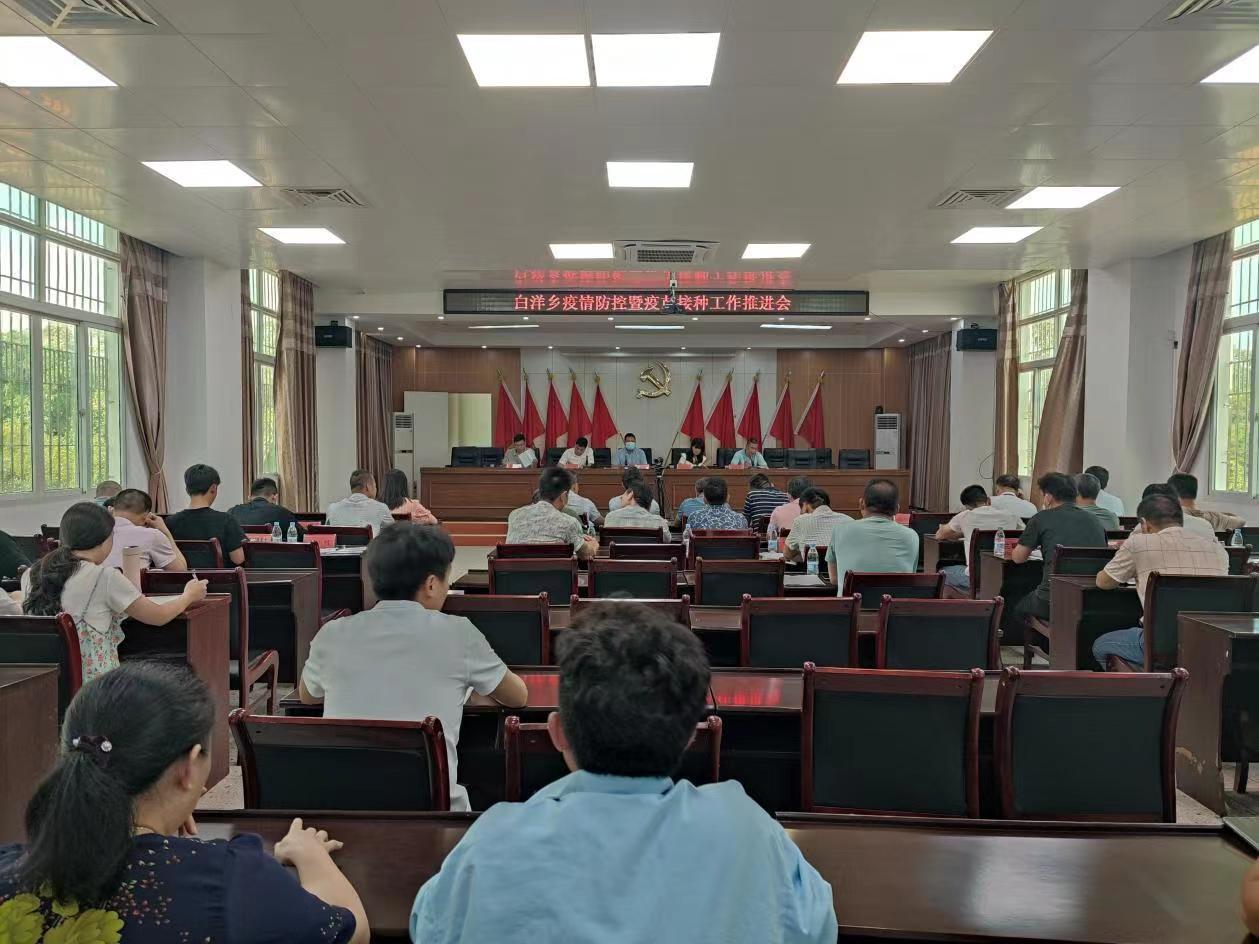Wangyue talks 丨 Let Shandong Agricultural Cultural Heritage "live"
Author:Jining News Network Time:2022.08.14

□ Zhang Hao
The Global Important Agricultural Cultural Heritage Conference was held in Qingtian, Zhejiang not long ago. Prior to the meeting, Fujian Anxi Tieguanyin Tea Culture System, Inner Mongolia's Arukorqin Nomadic System, and Hebei Province Drought Stone Stone Terraces System were identified as an important agricultural cultural heritage of the world by the United Nations Food and Agriculture Organization. At this point, the total number of important agricultural cultural heritages in my country has increased to 18 items, ranking first in the world. Among these 18 items, the ancient mulberry tree from the Xiajin Yellow River in Shandong ranked among them.
What is agricultural cultural heritage? Many people feel more unfamiliar. If the word "agriculture" only talks about cultural heritage, it may instantly think of a lot of familiar names. For example, the Great Wall and Terracotta Warriors and Horses of the Top Ten Cultural Heritage in the World, for example, Qufu San Kong, the Grand Canal of China, and so on. These all show the vastness and long history of Chinese civilization.
Cultural heritage is the memory of civilization and a symbol of civilization.
Back to the agricultural cultural heritage, according to the United Nations Food and Agriculture Organization, it is an outstanding agricultural landscape, which reflects a harmony and balance reached by human long -term production, life and nature. Sexuality, maintaining the ecosystem, inheritance of high -value traditional knowledge and cultural activities have an important role.
A simple understanding is the harmony and symbiosis of a person and nature shown by agriculture as a carrier in a long history.

In 2015, my country introduced the world's first special "Administrative Measures for Epolid Agricultural Cultural Heritage" and began to systematically protect farming civilization and agricultural cultural heritage. As of now, some of the four batches of agricultural and rural areas have selected a total of 138 agricultural cultural heritage, of which 4 were selected in Shandong. , Shandong Le Ling Zao Forest Composite System and the Fourth Batch of Shandong Zhangqiu Scallion Cultivation System.
以入选全球和国家级农业文化遗产的山东夏津黄河故道古桑树群为例,这里拥有中国树龄最高、规模最大的古桑树群,占地6000多亩,百年以上古树2万多株,涉及12 The village is named "The Hometown of Chinese Fruit", which is a well -known "Northern China Fallicine Fruit Tree Museum". During the planting period of the Xiajin ancient mulberry tree, the planting area was 80,000 acres during the heyday. According to legend, the trees are prosperous and the branches are connected. For thousands of years of breeding, mulberry trees have changed from "leaf" to "fruit" in Xiajin. Residents nearby eat mulberry and live long, so mulberry garden is also called "Yishouyuan". Nowadays, the local register of the Xiajin Fruit Geographical sign to prove the trademark, and it has also started the Fruit Ecological Culture Festival, and has grown up the fruit industry chain.
From here we can imagine the lush of the local mulberry trees, and we can also feel the heavy history of the mulberry group and the intimate relationship with the people.

For example, the high, big, crispy, white, and sweet Zhangqiu green onions passed through the time of more than 2,000 years, and now it has sounded the reputation of "World Scallion King". In order to fully excavate and protect Zhangqiu and green onion, in recent years, the local area, fields, and culture of the "No. 1 green onion" girls in the mountains of the "No. 1 green onion" have been established on the mountain, fields, and culture.
Of course, we should also be soberly seen that, in addition to the agricultural cultural heritage protected by circles, with the acceleration of the urbanization process, the "taste of the earth" and "spectacles" of traditional agriculture in some regions is Gradually disappear, and even some traditional characteristic agricultural plantations are facing the risk of destruction. Keeping the cultural memory of agricultural production and life should also be the deserved meaning of the agricultural cultural heritage.
"State -owned history, euphemistic, and family spectrum." Cultural heritage carries the genes and blood of the Chinese nation. It is an irreplaceable and irreplaceable Chinese outstanding civilization resources. Agricultural cultural heritage is a live carrier of Chinese farming civilization.
Today, the Chinese civilization exploration source project is being promoted in depth. As an important part of Chinese civilization, protecting and inheriting these glittering Chinese farming civilization marks and symbols is our inconsistent responsibility. Let more farming cultural heritage "live". As a large agricultural province, Shandong is more responsible and motivated.
- END -
Set up 149 nucleic acid sampling points, Yangxi County large -scale nucleic acid detection in an orderly manner

On July 14, Yangxi County carried out large -scale nucleic acid testing and screen...
并 Anbaiyang: Three measures to open the "last mile" with the vaccine vaccination

Herald News (Correspondent Shen Sijie reporter Liu Long) In order to accelerate th...